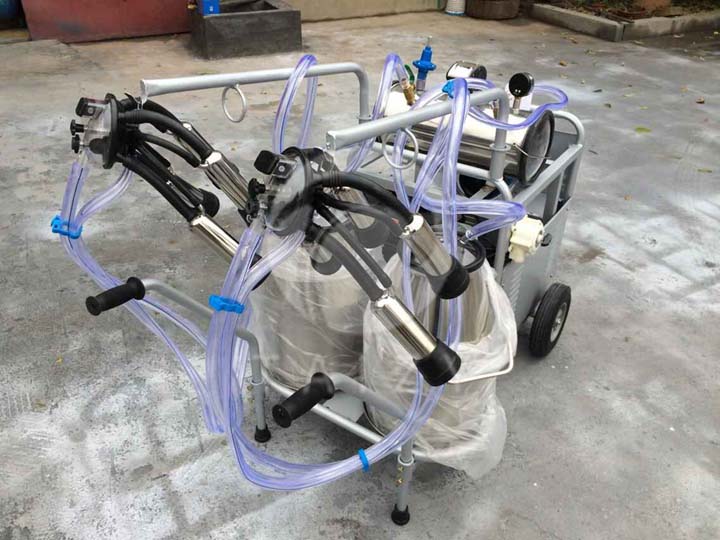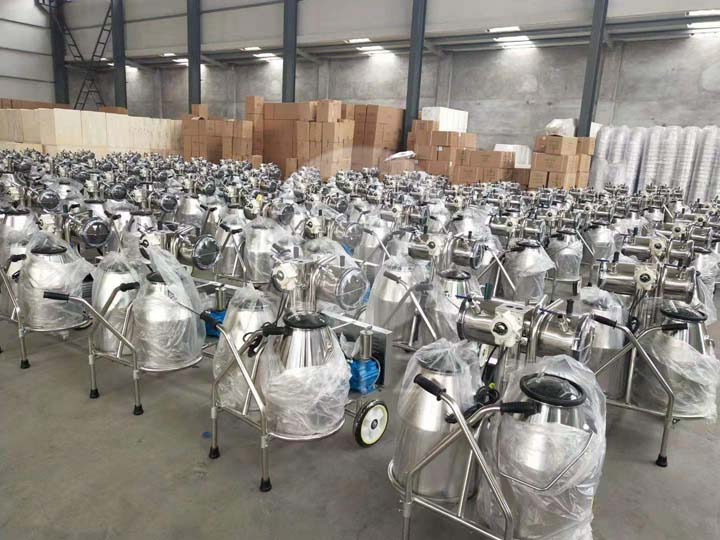Kenya is a largely agricultural country, but its animal husbandry is developed. Milking machines for cows in Kenya is badly needed. Unfortunately, there are many problems existing in the cow milking system.

Low diet turnover rate causes nutrition loss
Usually, the conversion efficiency of dietary nutrients of cows is higher than that of most other livestock and poultry. However, a large number of nutrients are still excreted from the urine. For example, cows convert 25% to 35% of the nitrogen they consume into milk nitrogen, and most of the rest is excreted with urine.
Costs increase and environmental pollution is not optimistic
In addition to nitrogen, phosphorus pollution cannot be ignored. The milk production of two cows in Kenya is equivalent to the milk production of one cow in the United States. In this way, for the same total milk production, the cow in Kenya causes double the forage feed and double the fecal pollution.
In recent years, dairy manure and urine pollution have become increasingly serious, which has not only polluted the soil and air, but also the groundwater. The situation is not optimistic.
In theory, although manure can be processed into fertilizer, it requires a lot of financial and labor costs, and the technical difficulty is relatively large. Therefore, the fundamental method is still to raise fewer cattle with high-yielding of milk production. By doing this, you can really improve the efficiency of nutrient conversion, and reduce the amount of fecal urine and the nutrient concentration of feces.
Low farming technology
Although major scientific and technological projects in the dairy industry have been launched in recent years, the result is not ideal. At the production level, the individual technologies is not thorough enough, and it still also the lack the professional equipment and demonstration promotion. The need of milking machines for cows in Kenya is increasing, but there are few manufacturers.
The majority of dairy farmers still cannot learn advanced and applicable technologies, and it is not available for them to get high-quality and cheap technical services. Limited science and technology cannot be translated into real productivity. What’s more, high-quality forage varieties are still scarce, and the quantity and quality of dairy-specific feeds are not sufficient. The diet of dairy cows is simple.
As far as I am concerned, in order to improve milk production, it is necessary for local government to provide financial and technological support. For example, the government can centrally import enough cow milking machine and they distribute them in Kenya.
